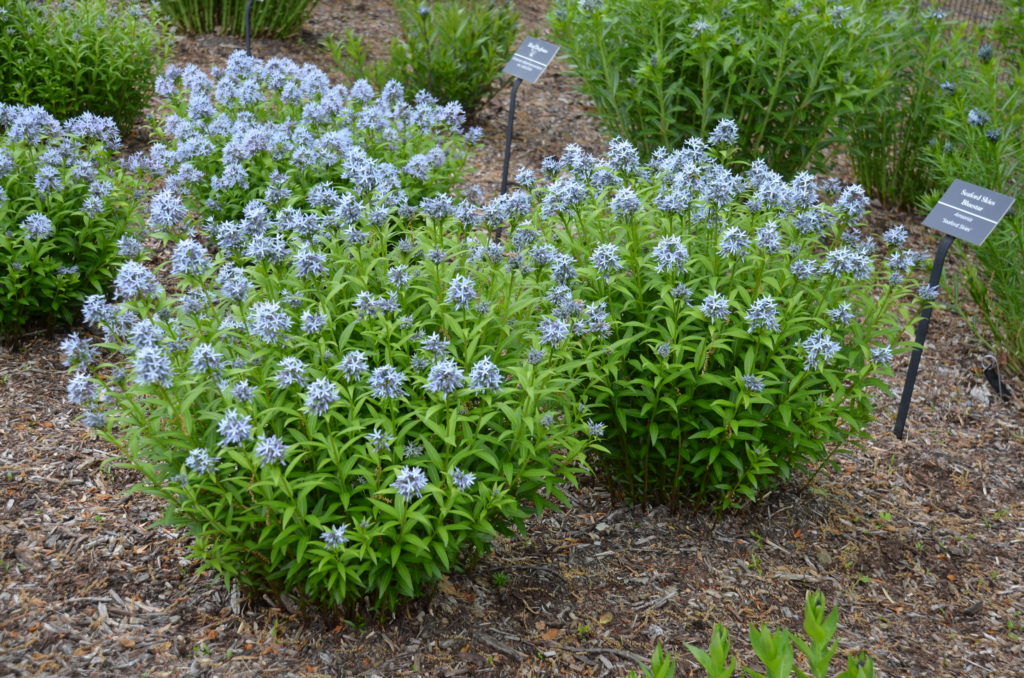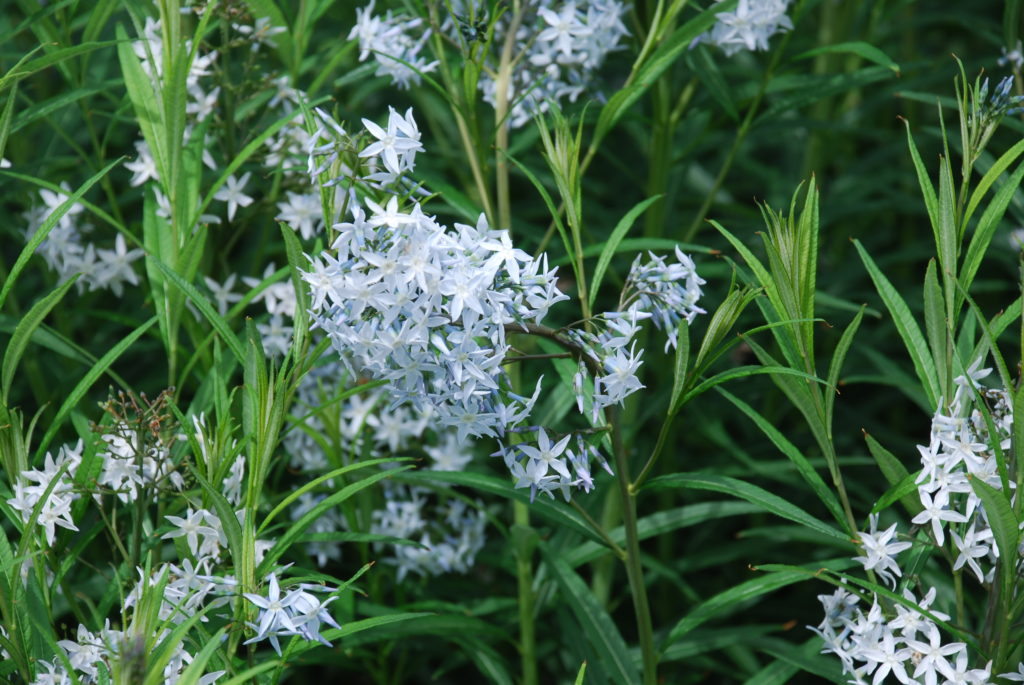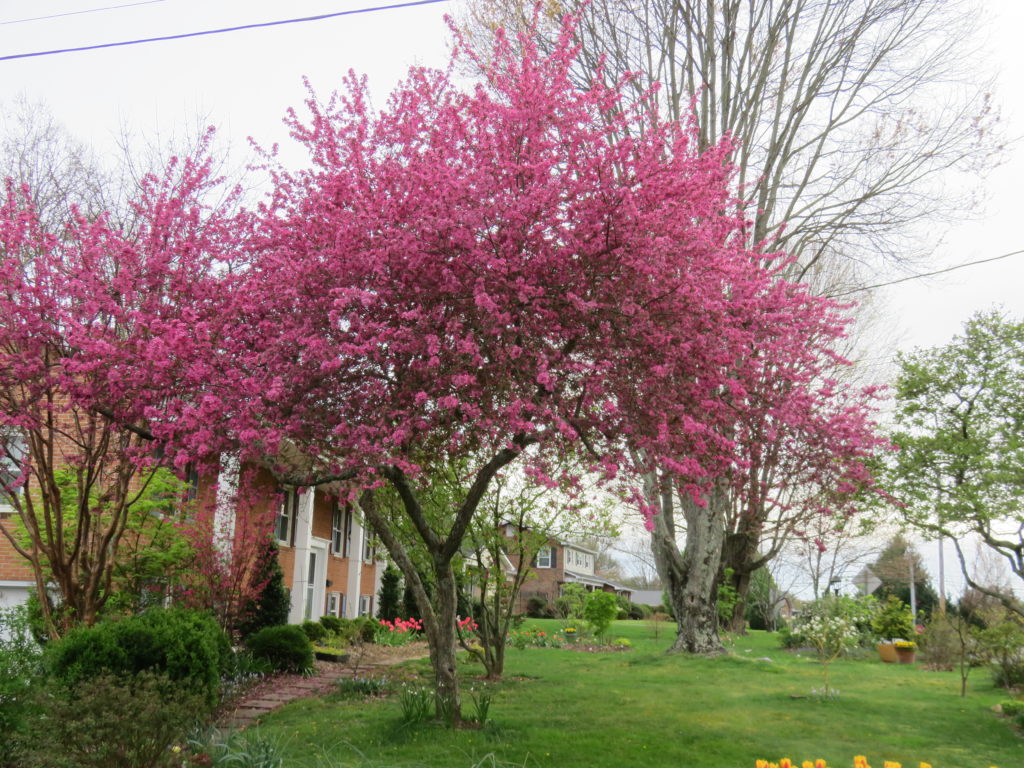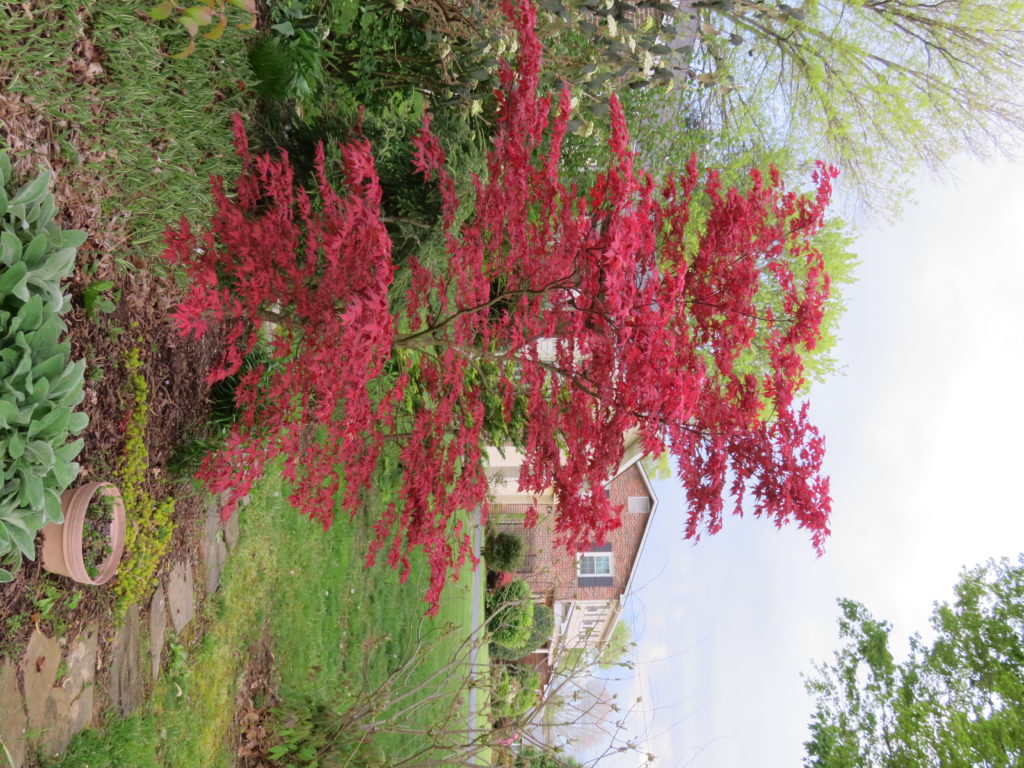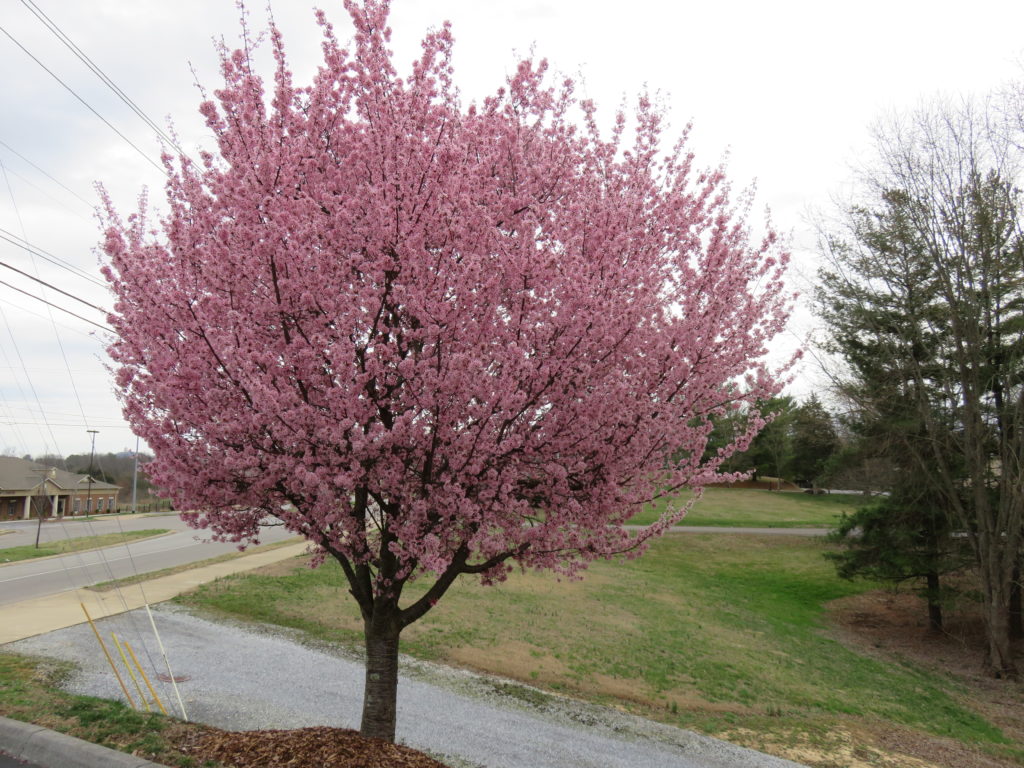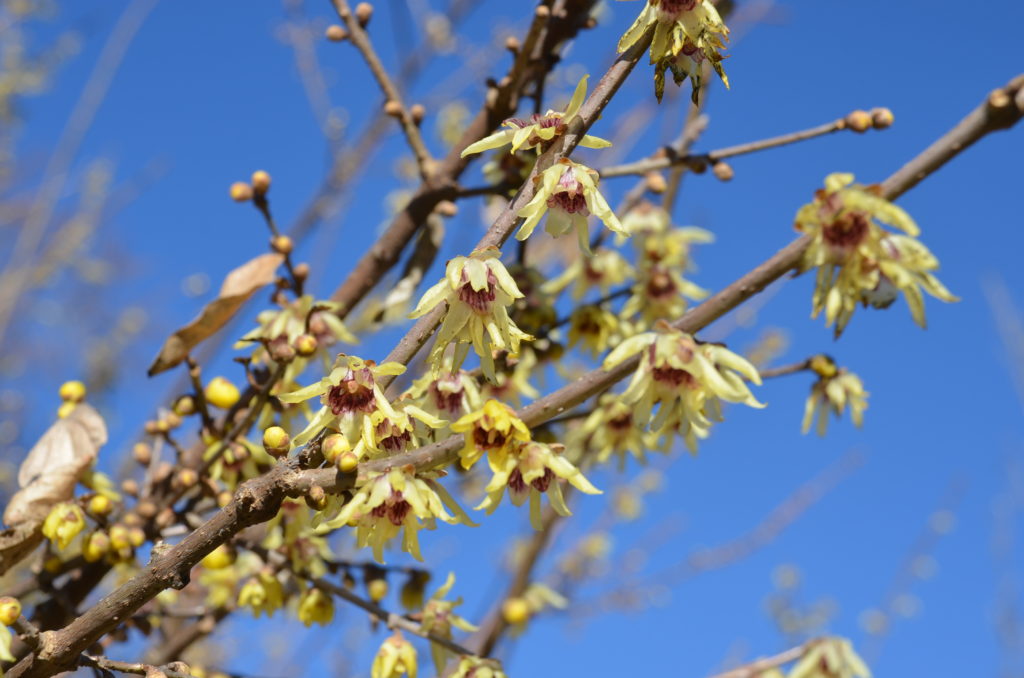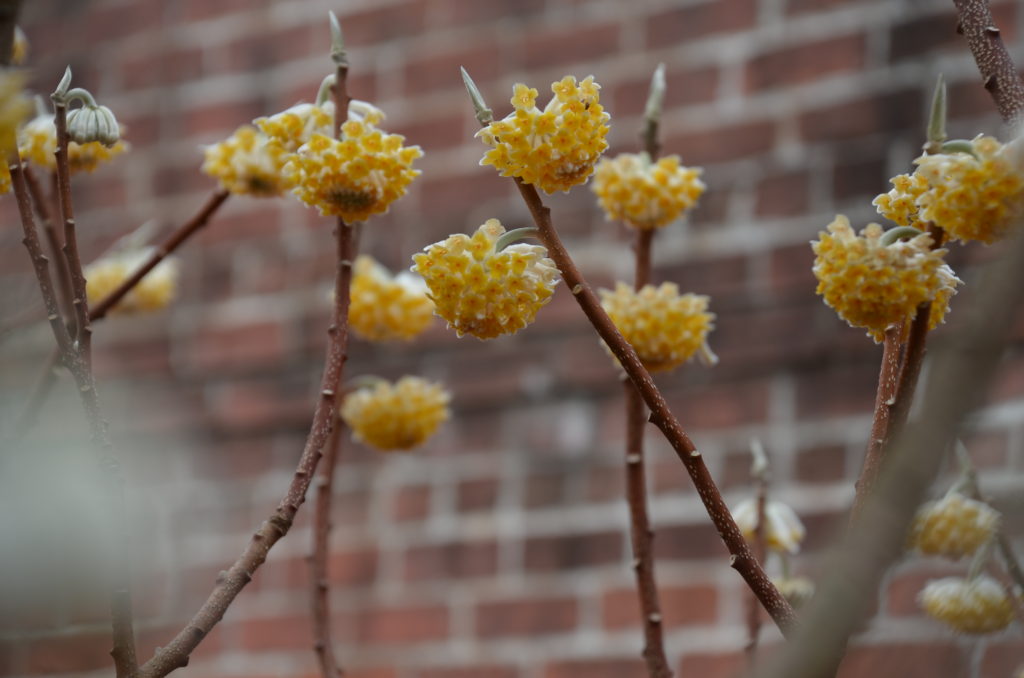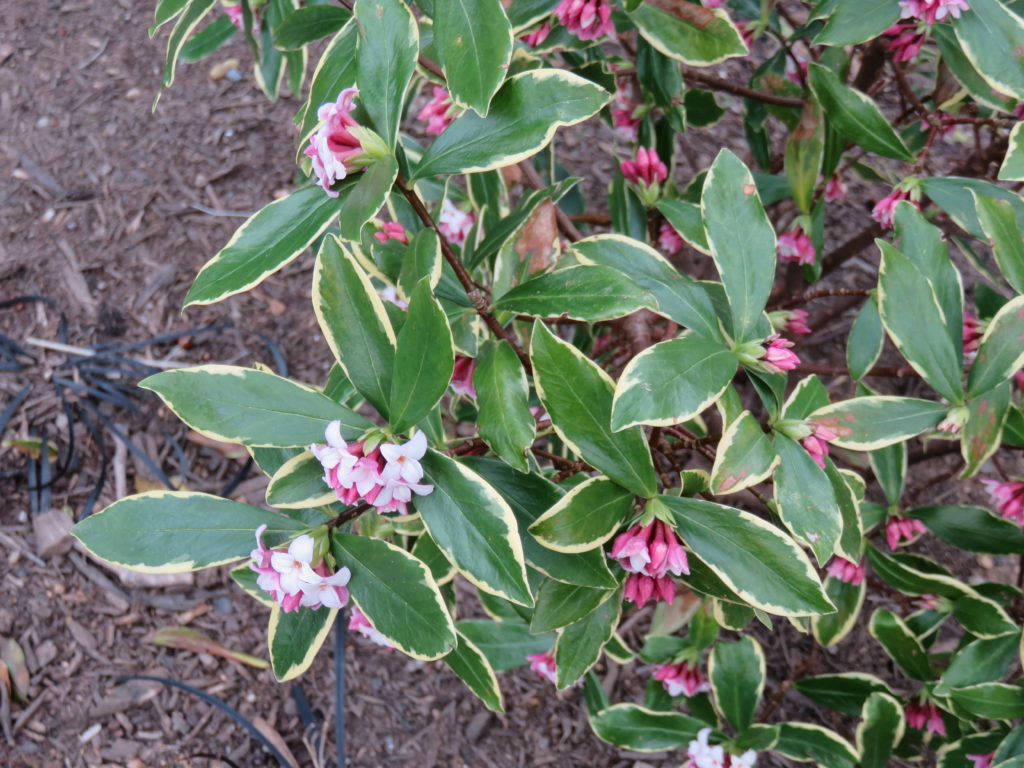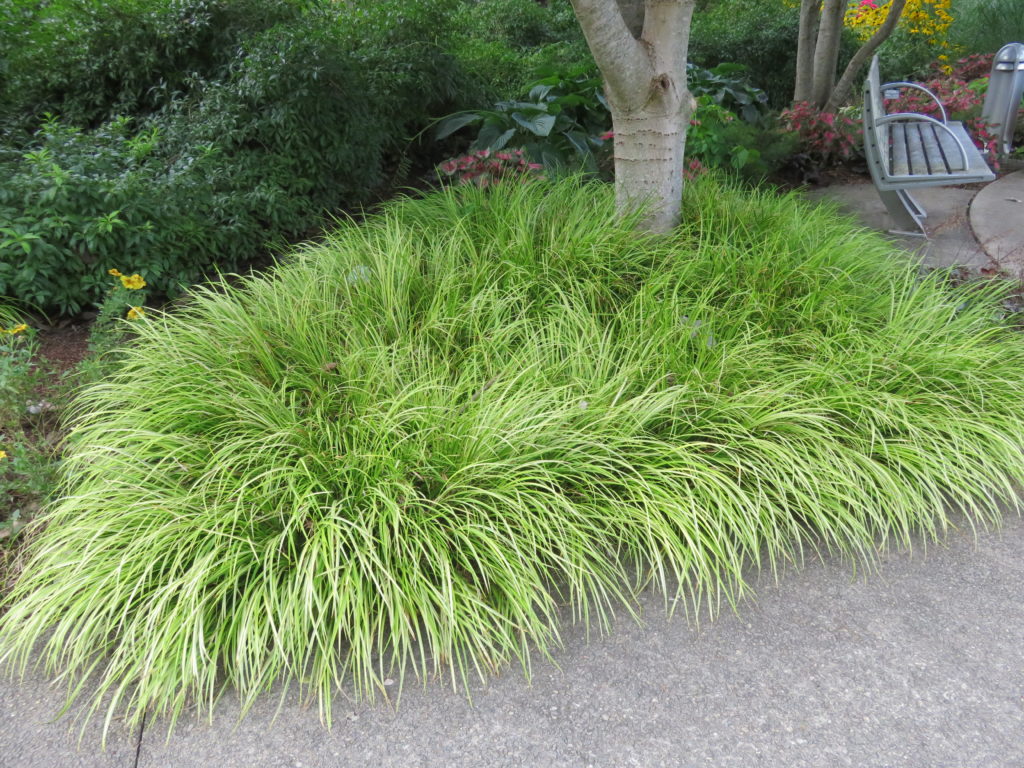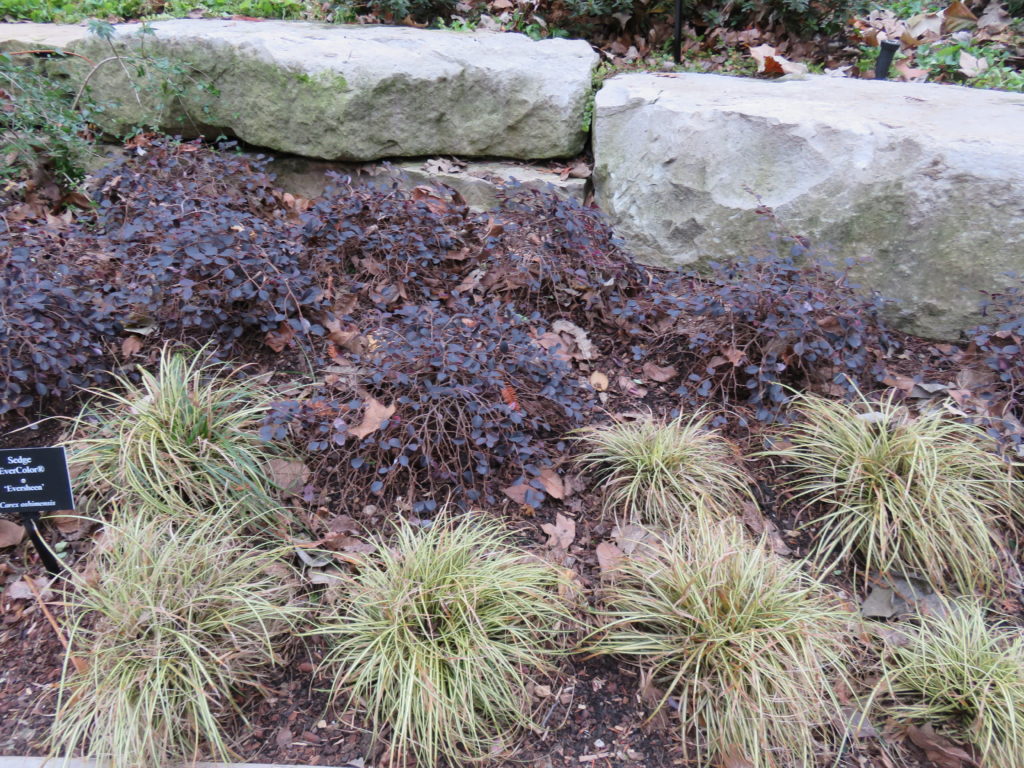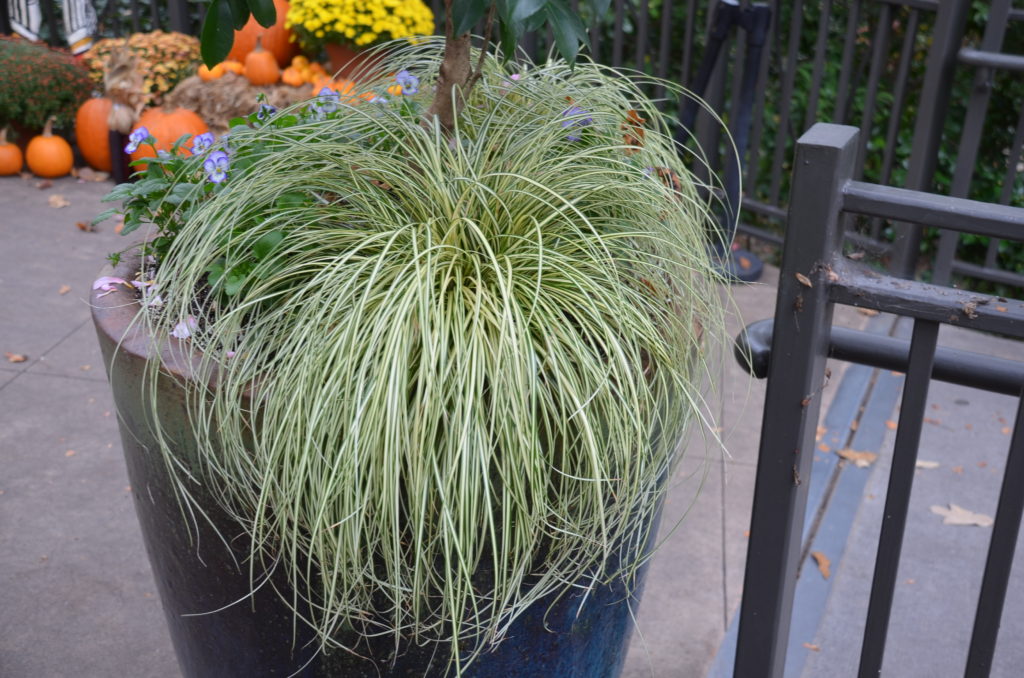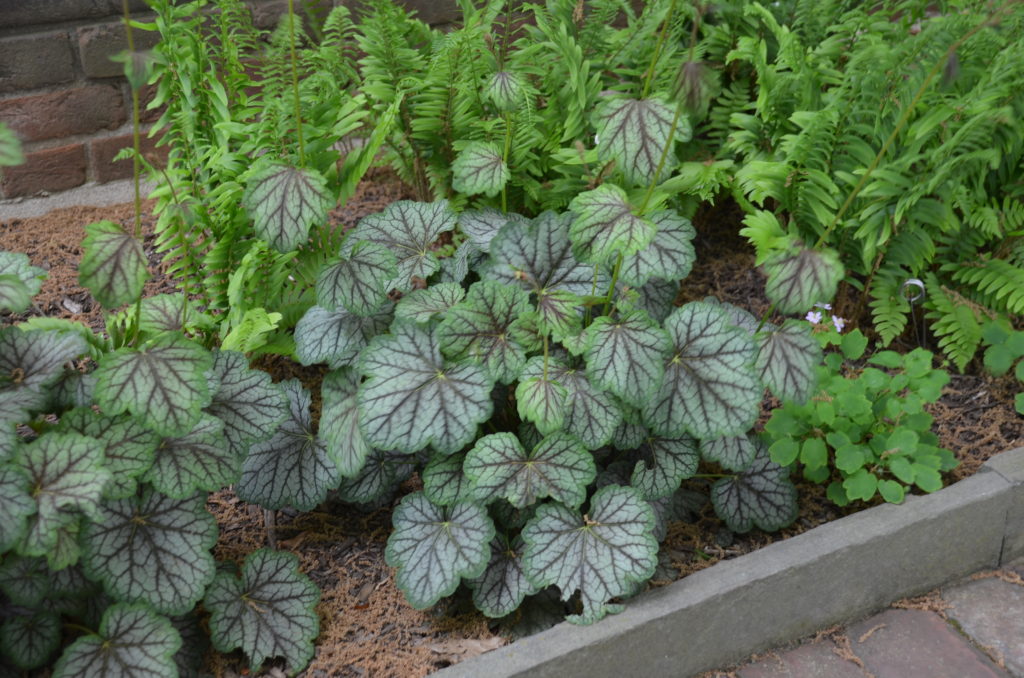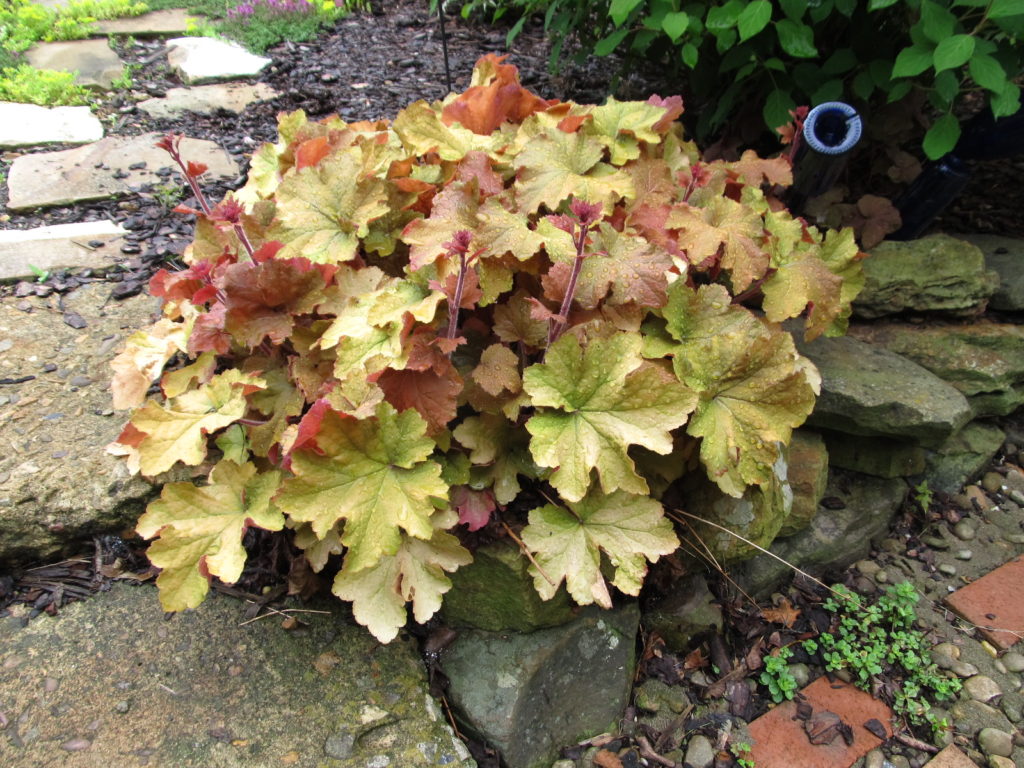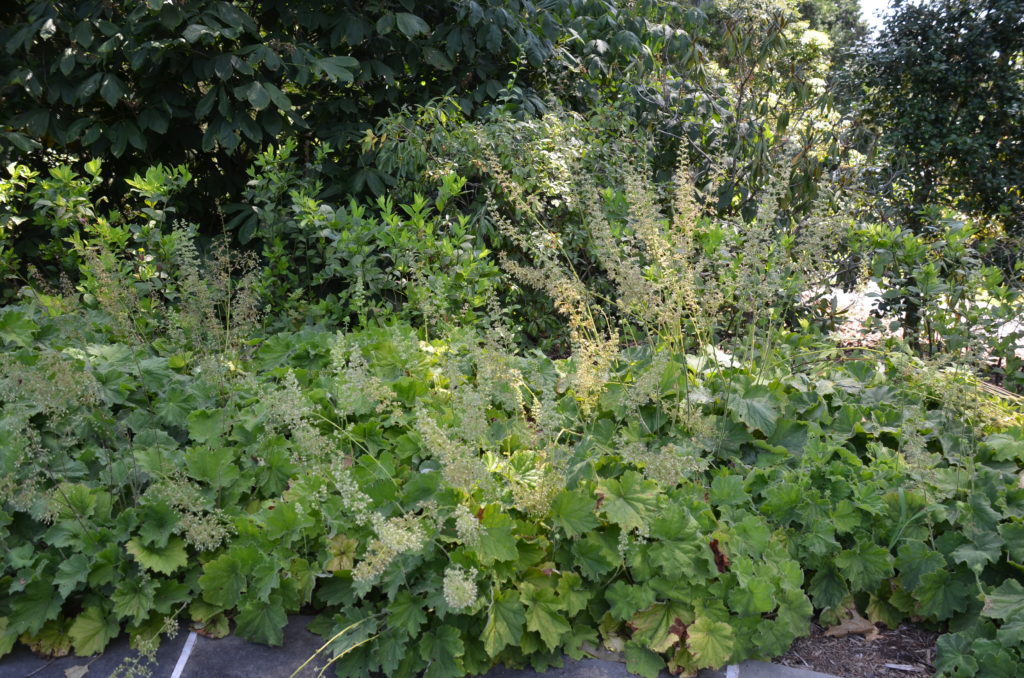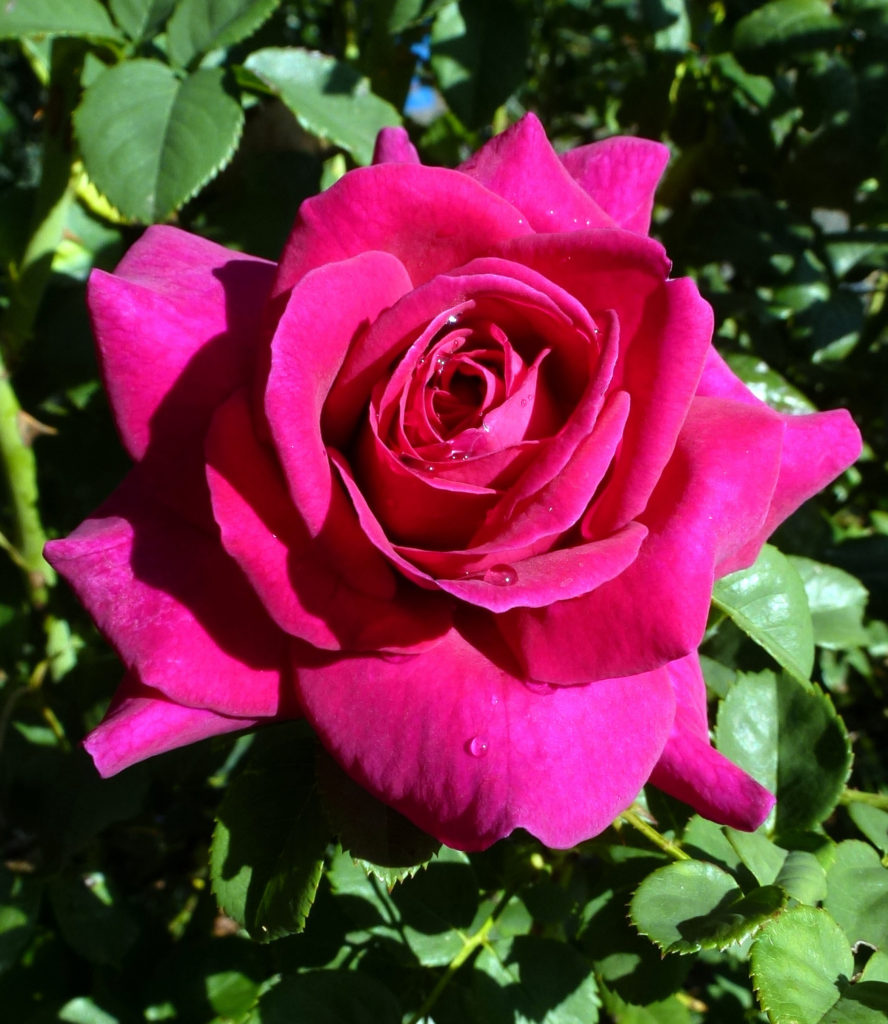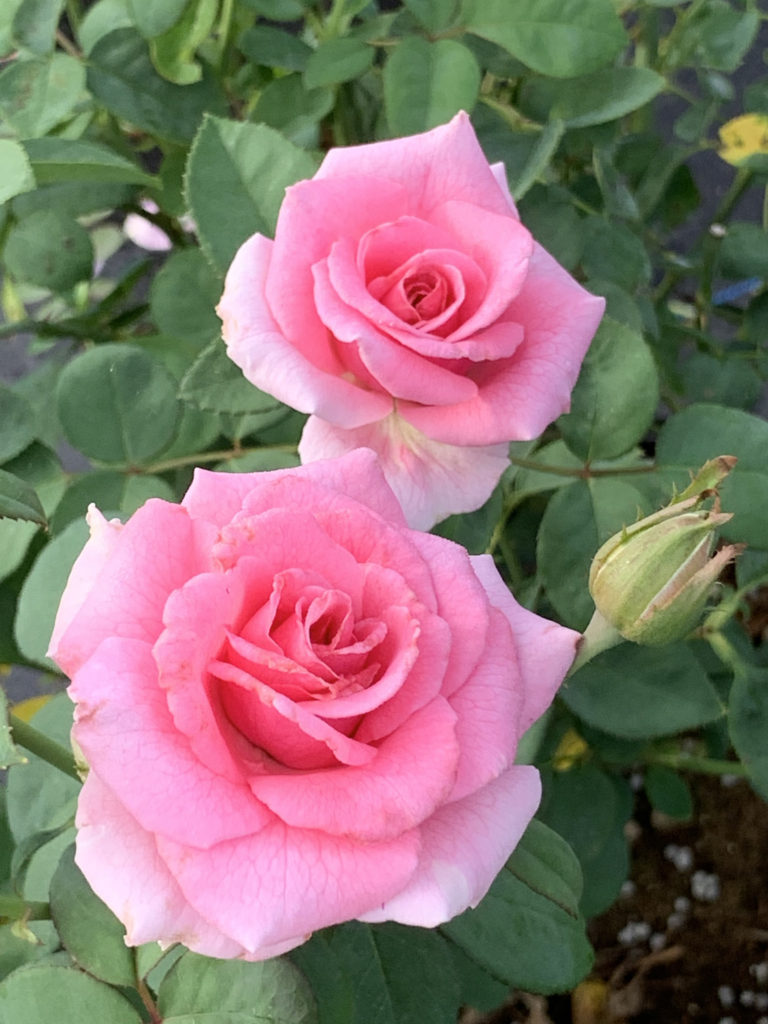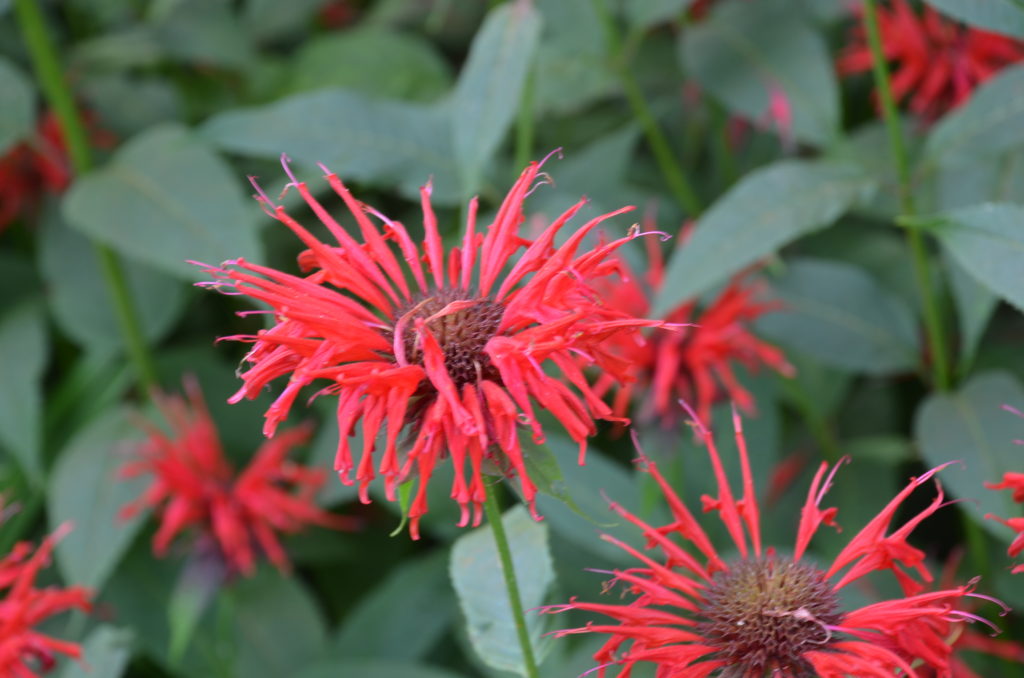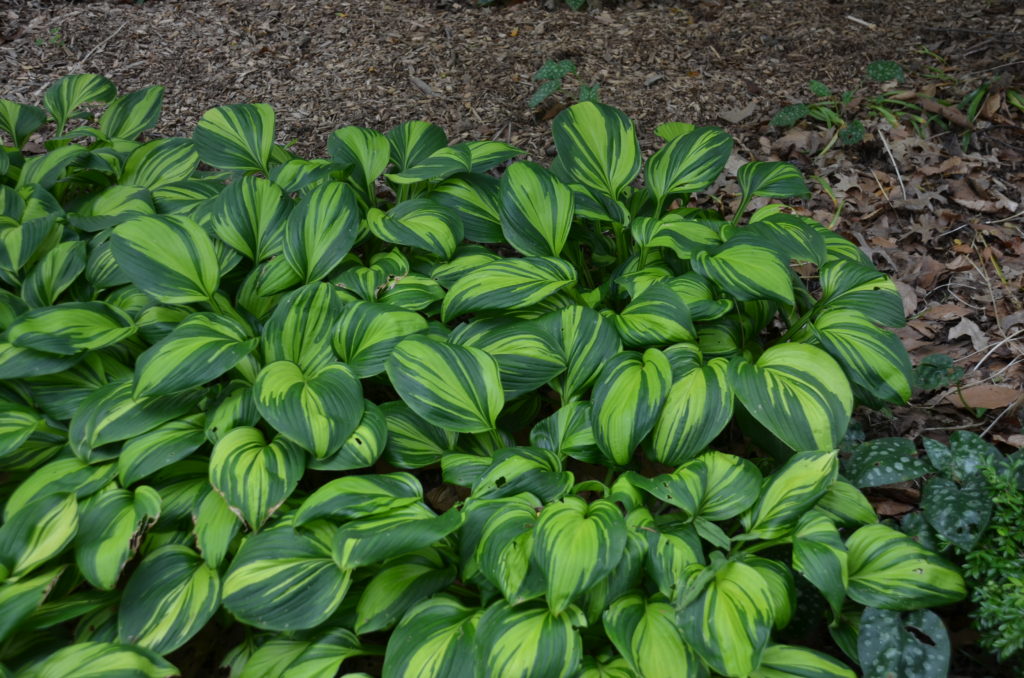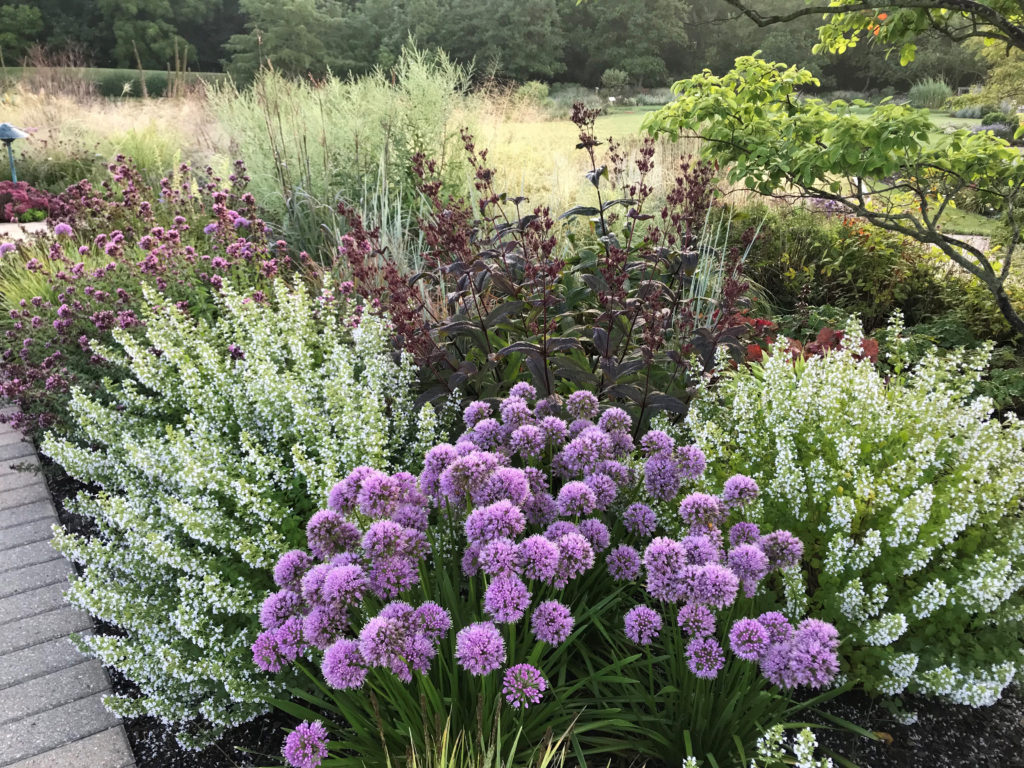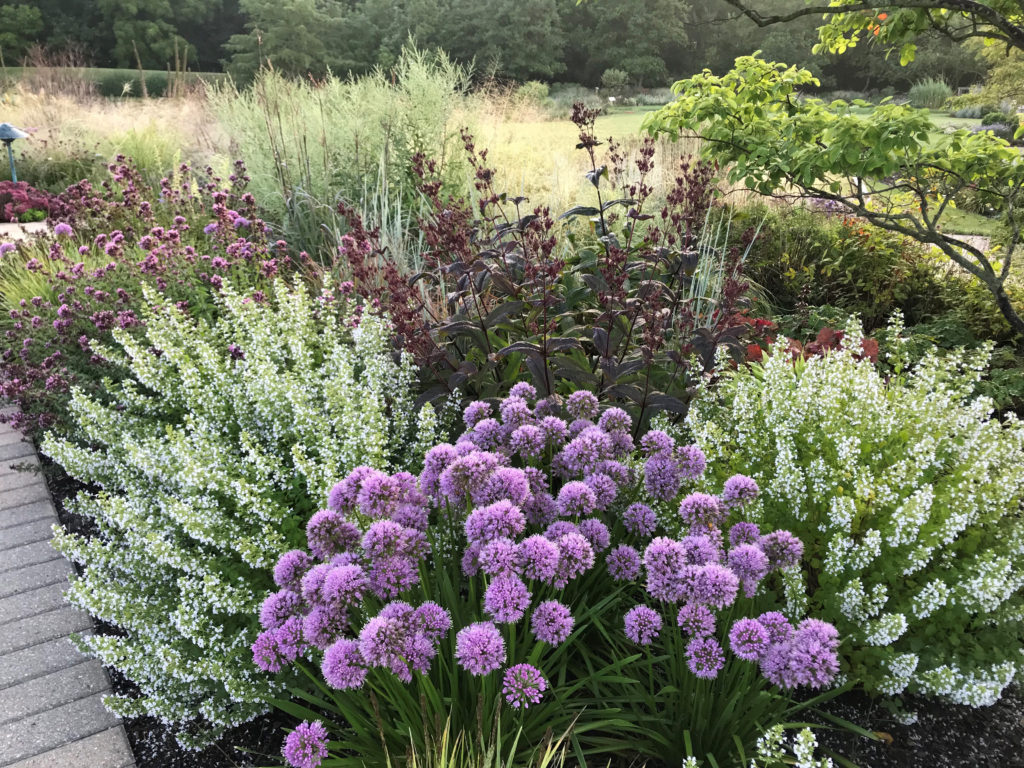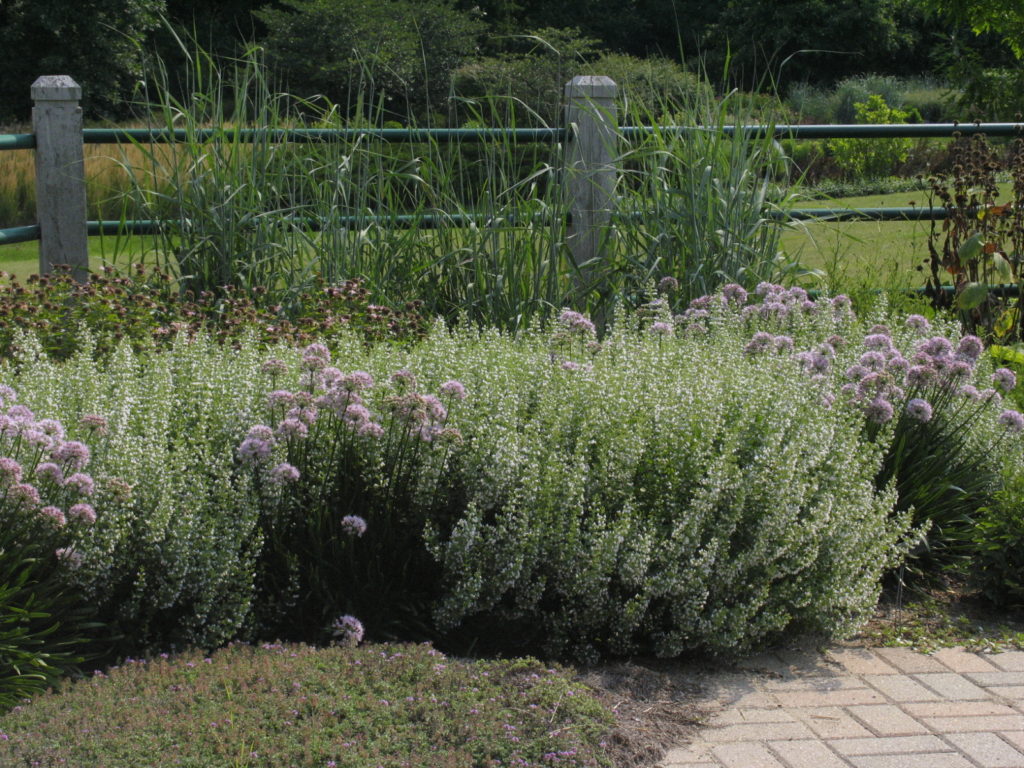Many slow-growing and compact cultivars of Japanese maples (Acer palmatum) and full moon forms (A. japonicum) grow for 3-5 years in containers. Japanese maples develop a decorative canopy, and their lacey foliage turns yellow, orange and/or red in autumn.
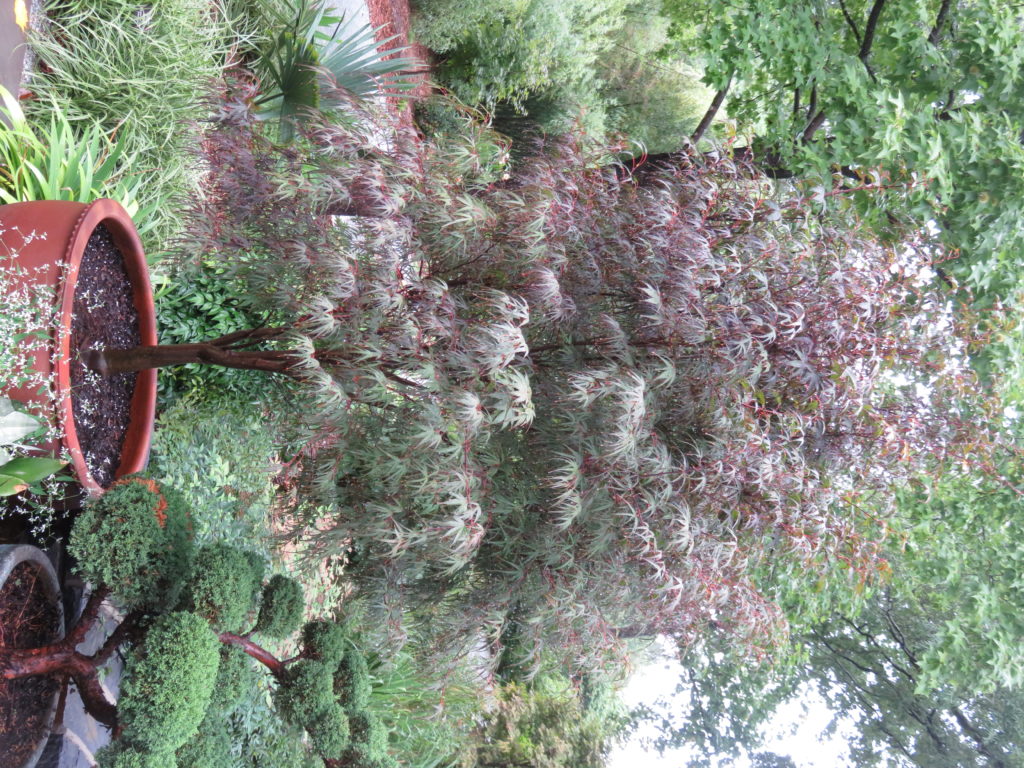
Most Japanese maples perform well in partial to full day sunlight, but not in full shade. Most grow happily under a tall open canopy of nearby large deciduous trees or around the eastern side of your home or patio. Many are very winter hardy in zone 4 and parts of 5 where they’re situated in sheltered locations such as an enclosed courtyard. Their low winter root temperature is rated + 5°F (-15°C).
When not properly sited, the tender spring foliage is vulnerable to frosty nights, drying winds, and strong sunlight. Leaves may scorch, shrivel, or burn on the edges if not adequately watered.
Japanese maples are not heavy feeders and should not be over-fertilized. Feed with a low nitrate nitrogen fertilizer and avoid products containing high amounts of ammonium nitrate and urea. In the spring add fresh mulch or compost to the surface. Mulch will also aid in retaining moisture.
Select small compact growing cultivars for container planters in range 5 – 6 feet tall and wide. Choose wide squat containers (terra-cotta, stone, or plastic) as opposed to narrow tall urns to avoid blow-over on windy days. Minimum pot size diameter should start at 12–18 inches (30–45 cm). Choose pots with light colored surfaces which reflect rather than adsorb the heat from sun.
Recommended cultivars that grow well in containers are: Crimson Queen, Fireglow, Garnet, Inaba Shidare, Kamagata, Mikawa Yatsubusa, Oshu Beni, Osakazuki, Sango Kaku, Red Dragon, Seiryu, Shaina, Shishigashira, and Tamukeyama.
Spring move outdoors (in cold regions): Late winter and spring is the tricky period time to judge outdoor temps. Container Japanese maples are moved outdoors as the buds begin to open. Be prepared to move the tree back into shelter during nights of hard frosts. The usual spring transitional period may last 2-3 weeks long.
Japanese maples often require minor spring/summer pruning for a neat appearance. Root pruning and repotting should take place in the early spring prior to the emergence of new leaves.
Finally, every 3 years, consider upsizing your Japanese maple to a larger container along with added potting soil.

